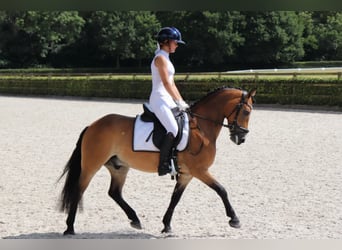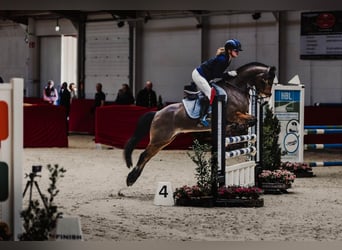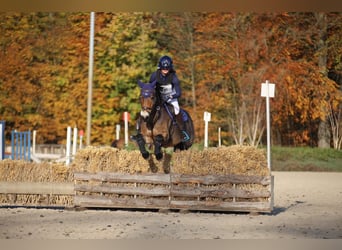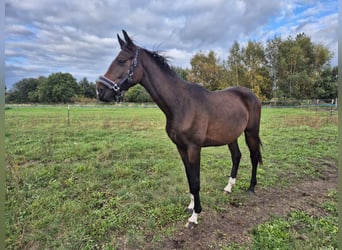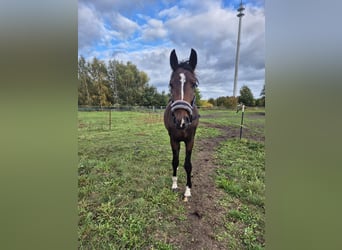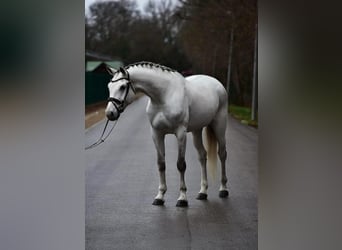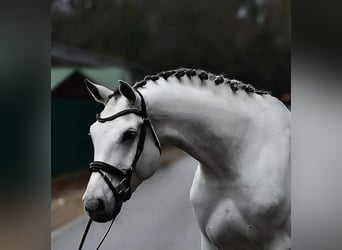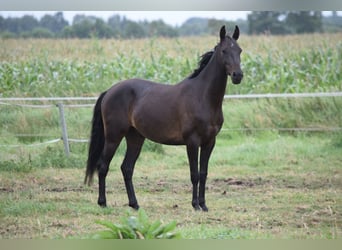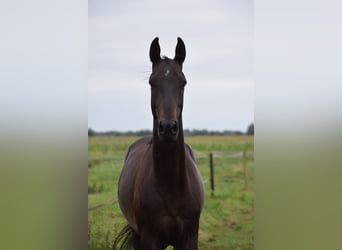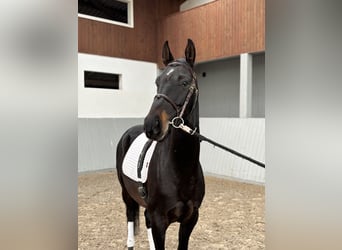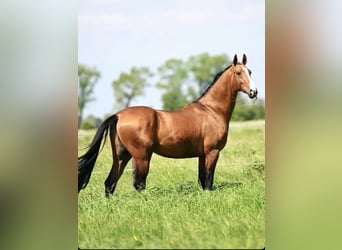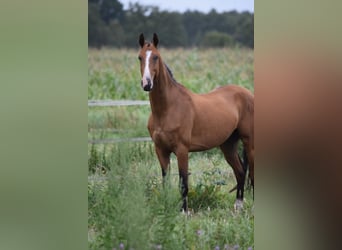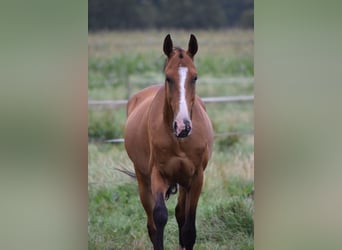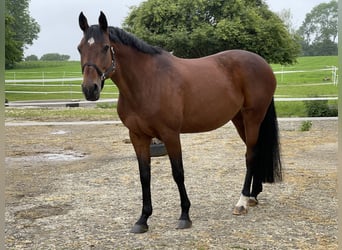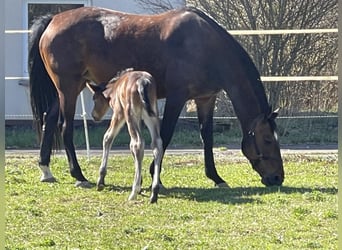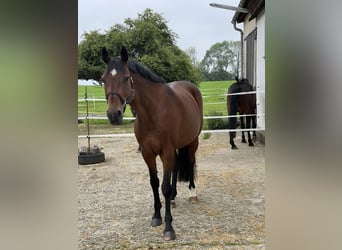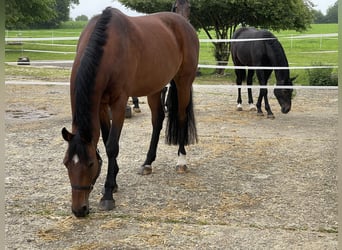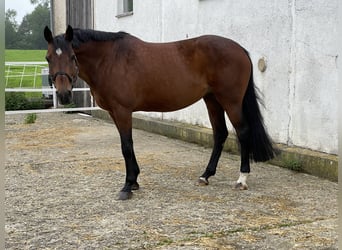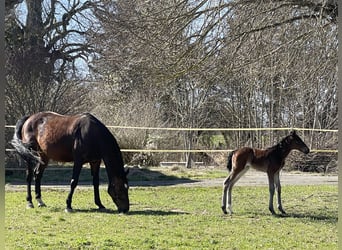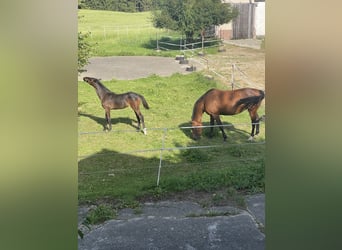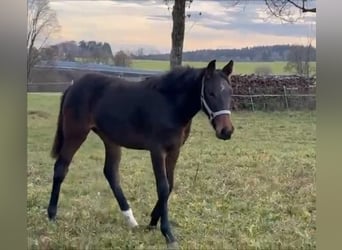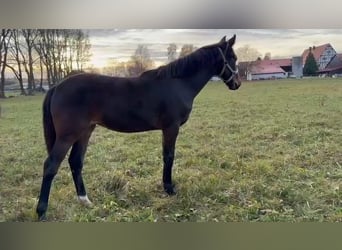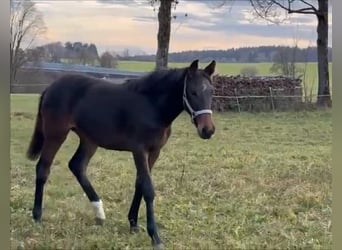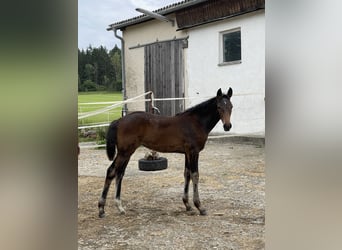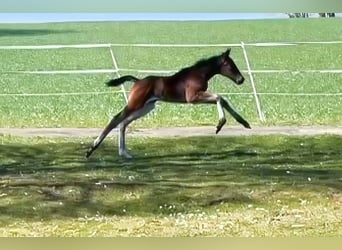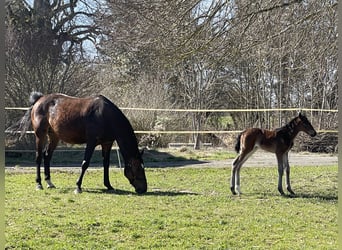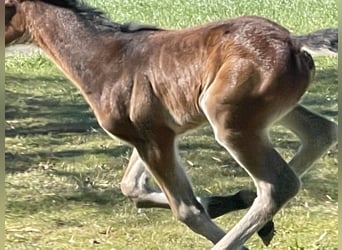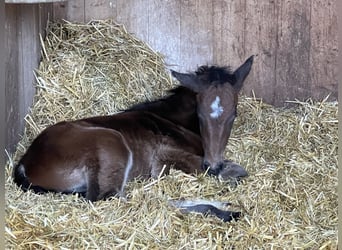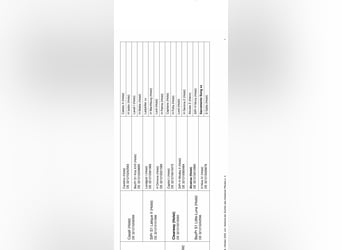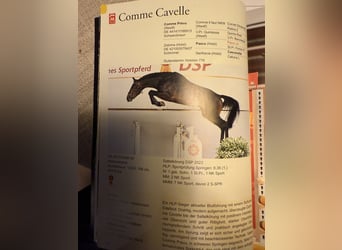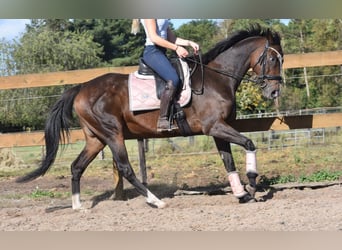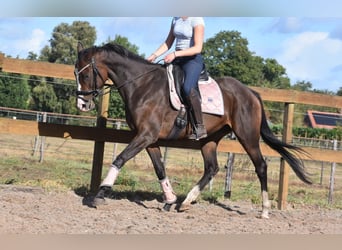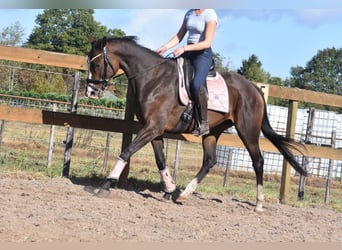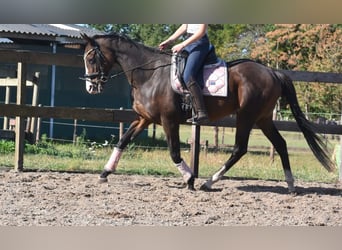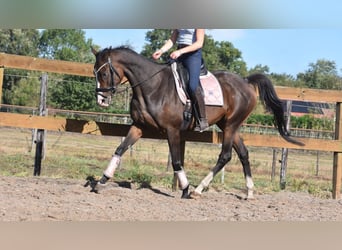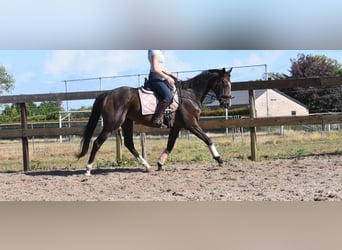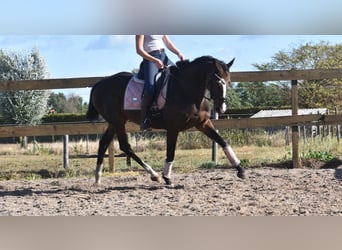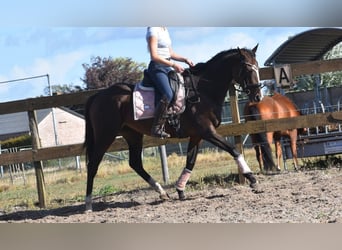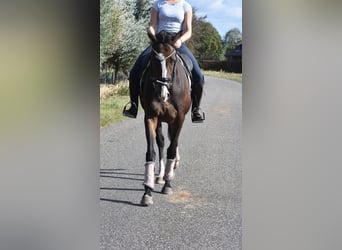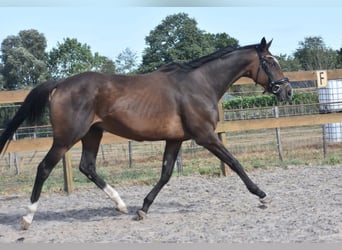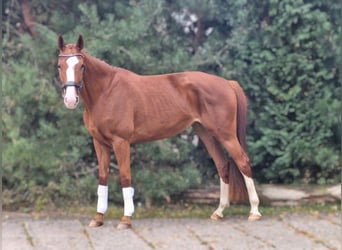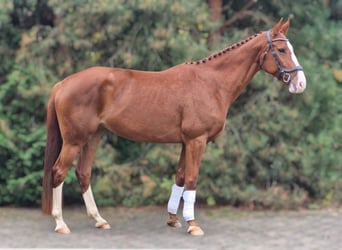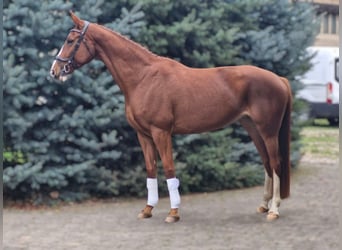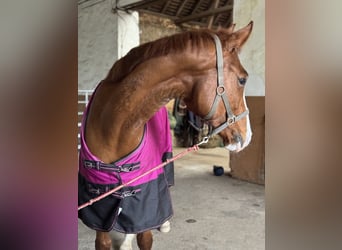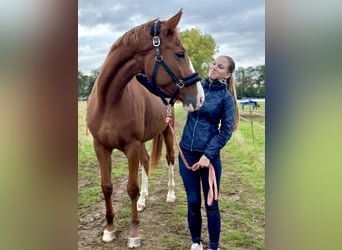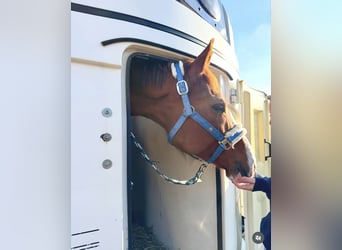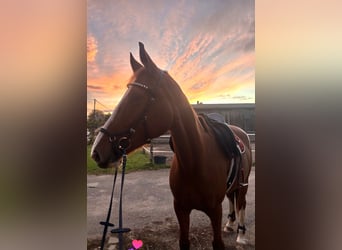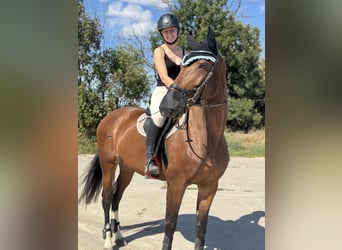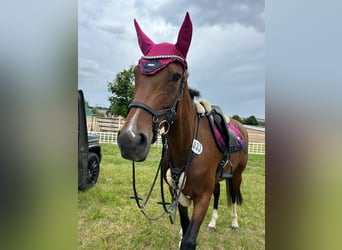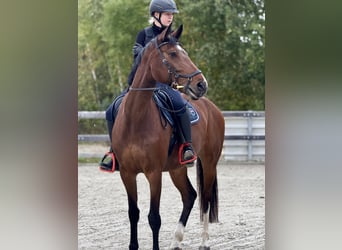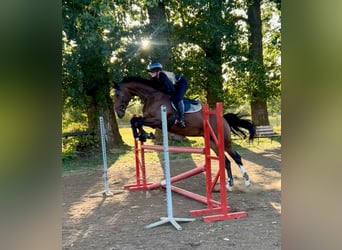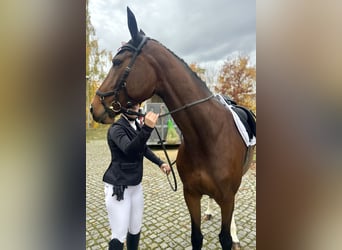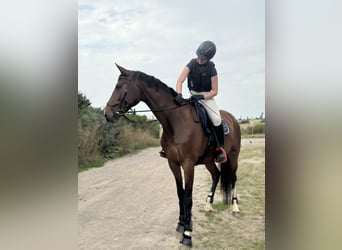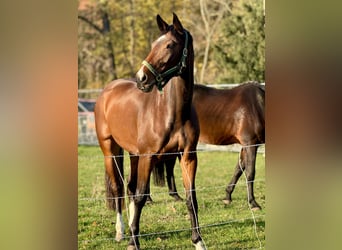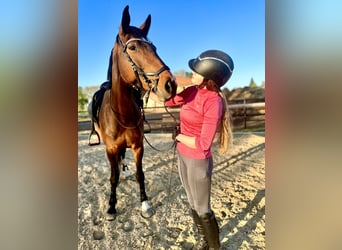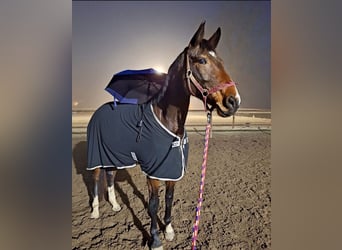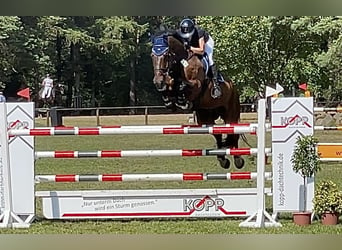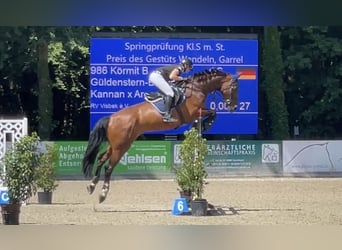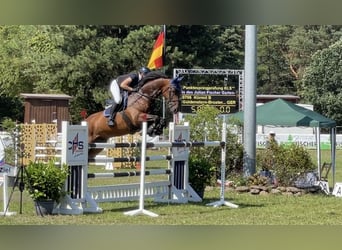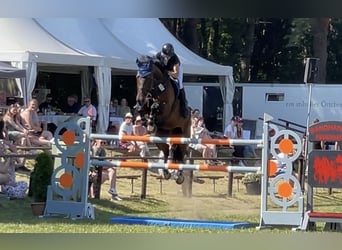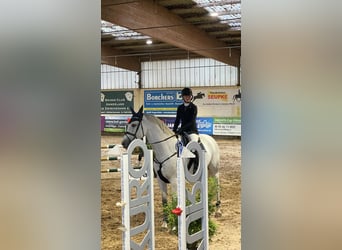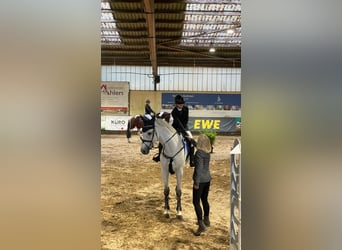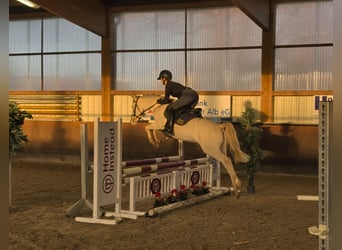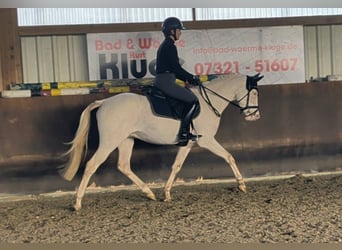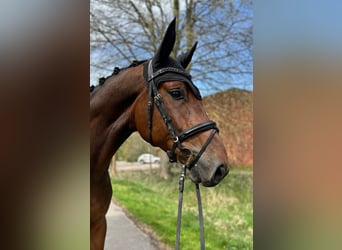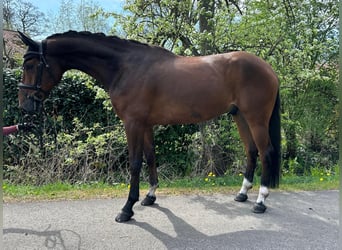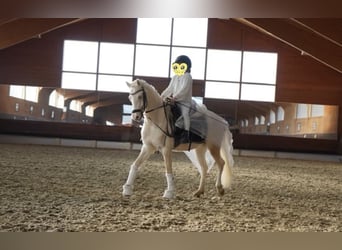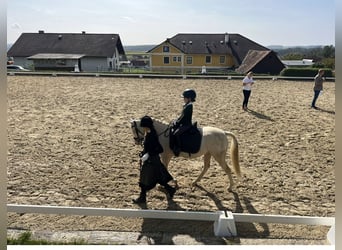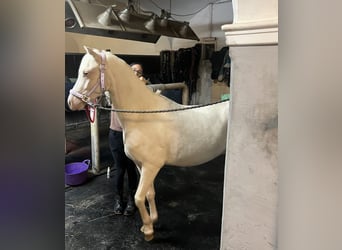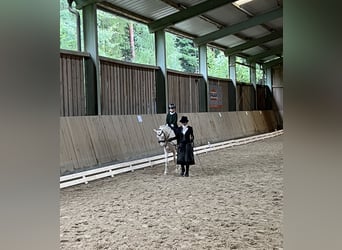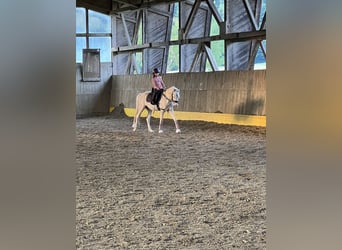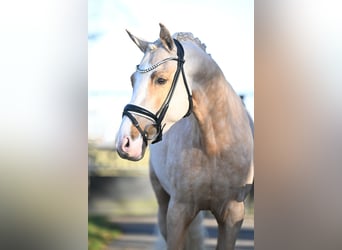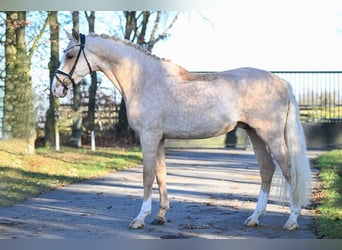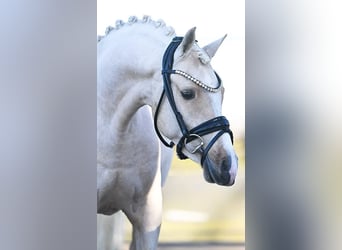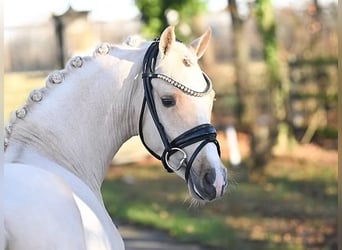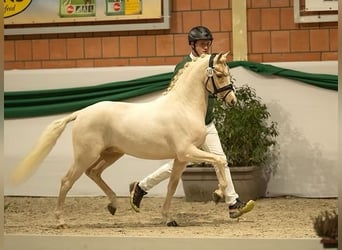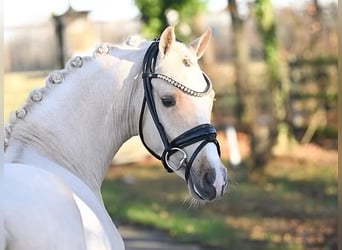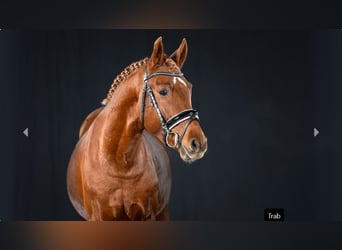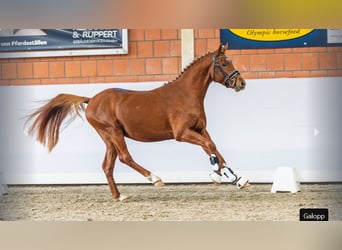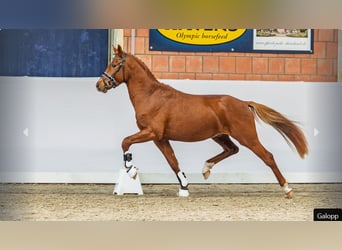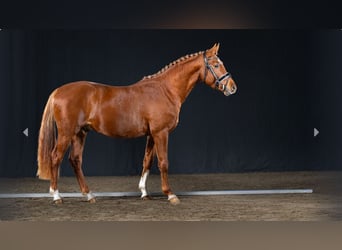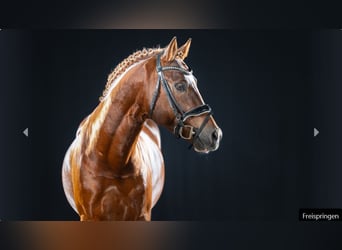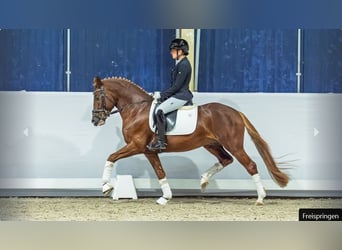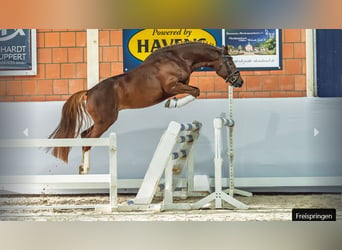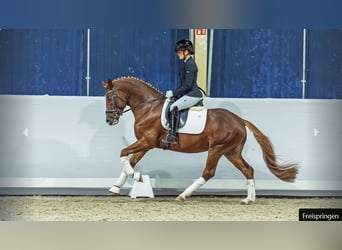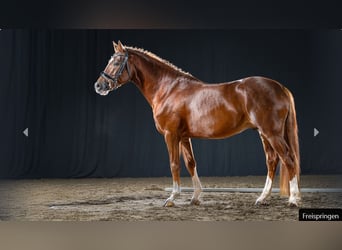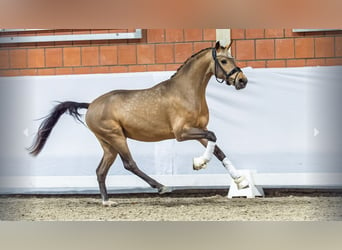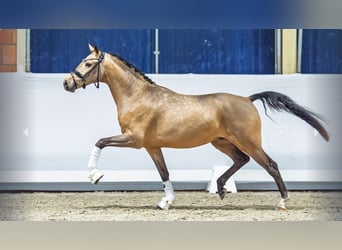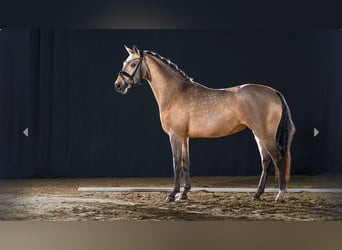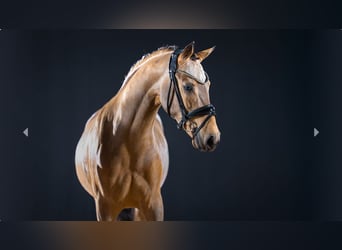NL
Exmoor Pony horses for sale
Similar search queries
DE
HU
DE
DE
DE
DE
NL
DE
DE
DE
DE
DE
DE
DE
DE
DE
DE
DE
Like their neighbours the Dartmoor ponies, Exmoor ponies are perfectly adapted to their challenging life on the upland bogs of south-west England. It’s believed they are a breed of great antiquity, possibly the oldest of all Britain’s native pony breeds. They are certainly distinctive, with sturdy bodies and characterful faces. Enthusiasts who buy an Exmoor pony may see similarities between their favourite breed and the little horses in cave paintings since both have lighter coloured muzzles, underbellies and rings around the eyes. These are known affectionately as “toad” eyes by the local breeders who sell an Exmoor pony, who view this as just one of the many qualities that make their ponies unique.
Origin and history of breeding an Exmoor Pony
Exmoor ponies were first mentioned in the Domesday Book of 1086 when 104 brood mares were listed for the manor of Brandon. Neighbouring manors had horses listed as part of the stock, too. For many centuries after the Norman Conquest, Exmoor was a Royal Forest, meaning an area of land where the king could hunt rather than a woodland zone. The next reference to ponies came much later, when in 1818 the last Warden of the Royal Forest, Sir Richard Acland, was recorded as moving a herd of 30 ponies onto his own land. There was a large dispersal sale of ponies at the same time. The Aclands were to play an important part in the history of the breed and their ponies were given the famous Acland anchor brand. Until the 19th century, Exmoor ponies were used as pack animals by people on Dartmoor, an activity that may have been going on since pre-Roman times. This is part of the evidence that the Exmoor is one of the oldest types of pony in the British Isles. Some have argued that its ancestors may have existed before the last Ice Age, and then survived it, a view which has some support from the latest DNA research. The way the Exmoor ponies are managed also has parallels with other British breeds since they live throughout the year in semi-feral herds, but all have owners. Those on the moor are members of the The Moorland Exmoor Pony Breeders Group, and every year the ponies are brought in from the moor for the autumn sales.
Exmoor Ponies in equestrianism
Centuries, and possibly millennia, of fending for themselves means that Exmoor ponies are wise survivors. Once they have built trust in a human, they make willing and hard-working partners, being successful as both riding and driving ponies. In recent years, they have also been used in conservation grazing projects in the UK and elsewhere. These free-moving ponies with their independent spirits and fascinating history now have a worldwide following. They are celebrated on Exmoor with an annual event, The Exmoor Pony Festival.
Use and characteristics of the Exmoor Pony
Another of the Exmoor pony’s special qualities is the remarkable two-layer coat which keeps it snug in winter and is as good at repelling rain as a mackintosh! The layer nearest the skin is short and wool-like for insulation, whereas the outer coat is longer, and coated in natural oils to protect against snow and rain. These special adaptations are part of the hardiness that people value when they buy an Exmoor pony. Equestrians who sell an Exmoor pony also know that they are some of the most surefooted ponies in existence. Exmoor stallions must not exceed 12 hands 3 inches (51 inches/130 cm). Small they may be, but they are very strong.
Interior of the Exmoor Pony
Exmoor Ponies are known for their intelligence, adaptability and friendly nature. These small yet powerful animals are more than meets the eye with proper training they can learn many tricks that amaze audiences at shows and competitions. They have a strong will to survive and fear little when it comes to defending themselves in the wild. Exmoor Ponies also thrive on human company, forming strong bonds with people who take care of them. They're gentle creatures that love being groomed, petted and fed treats as rewards for performing tasks correctly. Despite their size, these ponies can be incredibly strong and can carry items over long distances with ease. Their alertness helps them identify danger quickly, ensuring their safety even in the most trying of environments. All in all, Exmoor Ponies are incredible creatures with many unique traits – making them a truly remarkable breed!
History of Exmoor Ponies
Exmoor Ponies have been around for centuries, originating from the Exmoor region of England. They are believed to be descended from prehistoric wild horses and were kept by British farmers as far back as 3000 B.C. During the Middle Ages they were bred with larger animals which increased their size and strength, making them ideal for use in plowing and haulage. Over time the breed was further refined, becoming the sturdy and surefooted ponies we recognize today. The Exmoor Pony Society was founded in 1921 and since then many individual organizations have been created to preserve this rare and valuable breed. Today, these ponies can be found all over England, as well as in other parts of Europe, North America, South Africa, Australia and New Zealand - testament to their hardiness and adaptability!
